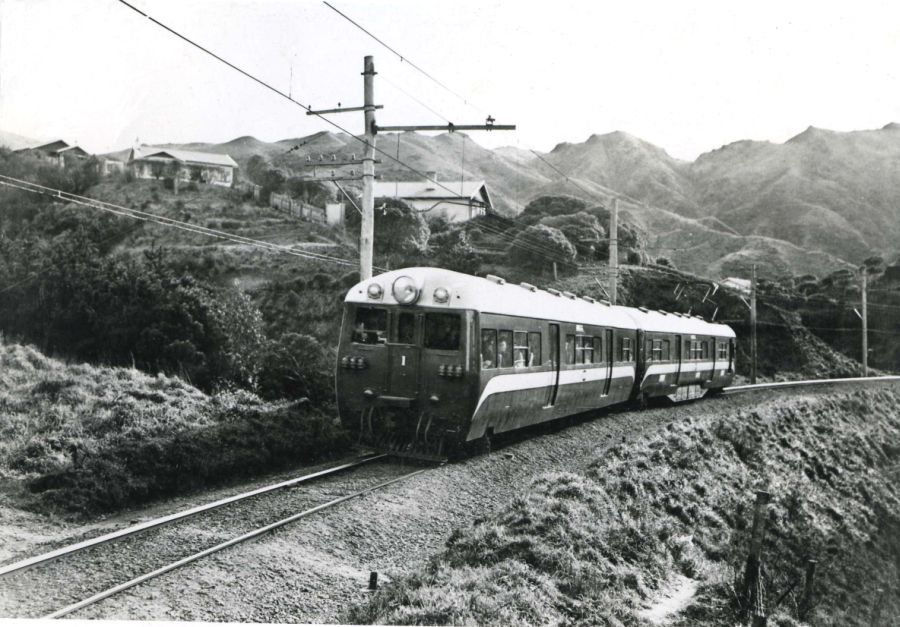The authors
Geoff Churchman
"My main interest in railways has always been a photographic one, so from that point of view it doesn't make a lot of difference whether a train is hauled by a steam locomotive, a diesel or an electric. However, I've always thought that steam conveys the 'real' atmosphere of a railway more than does a diesel. I grew up in the Wellington area during the late 1950s and 1960s so I didn't see much steam action as Wellington had been completely electrified/dieselised in 1955. But when my parents went on outings along the gold (west) coast by car, we saw the changeover to steam traction at Paekakariki, and even though that action has long gone, Paekakariki still has fond memories for me. I also have fond memories of the pioneering electric locomotives in use around Wellington - the Ed and Ew classes - as well as the English Electric multiple units and drawing these was my favourite subject in school art classes when we had a choice of subjects.
When I was 9 my parents bought me my first items of model railway equipment by Marklin, a West German brand, thus began my interest in German and European railways which for some years overtook my interest in NZR.. In fact it was European railway book publishers who rekindled my interest in NZR in the 1980s when they asked me to consider putting together a couple of books for the overseas market. This book was one of the two which I started working on in the mid 1980s and it eventually saw realisation in 1990.
But after 10 years of substantial changes on the country's railways, it was approriate to put together a new edition. We went though the whole text, updated it and added new information in places. We also sought a good selection of previously unseen photos - both historic and contemporary - to freshen up the appearance of the book. The result should please all those who buy the new edition."
Tony Hurst
"I was born in Christchurch in 1946 and became interested in railways upon watching Kb steam locomotive fight their way up the last grade in Arthur's Pass station in the Southern Alps. Since then I've actively followed the development of railways in New Zealand, and in other countries, which has led me to write articles
for Rails magazine, as well as write the book The Otago Central Railway: A tribute, and co-author South Island Main Trunk and this book."
An electric multiple unit descends from Awarua Street Station to Ngaio Station on the newly electrified Johnsonville Branch in 1938. The livery is the original royal blue with silver stripes along the sides; during WWII the EMUs were painted with an all-over red due to the lower cost.
(This photo was considered for, but not used in the book.)
